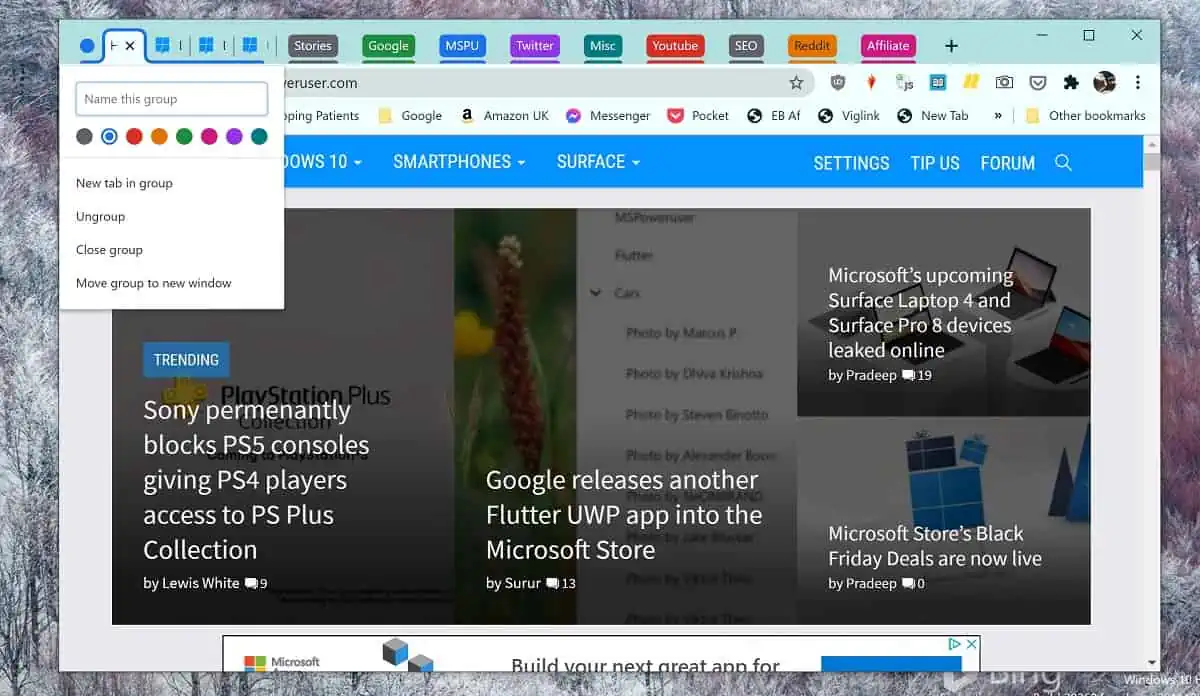Azure Stream Analytics now supports geospatial functions, low latency dashboarding and more
3 min. read
Published on
Read our disclosure page to find out how can you help MSPoweruser sustain the editorial team Read more

Azure Stream Analytics is a fully managed, real-time event processing engine that helps you observe deep insights from data. Stream Analytics makes it easy to set up real-time analytic computations on data streaming from devices, sensors, web sites, social media, applications, infrastructure systems, and more. Microsoft yesterday added several new features to its Azure Stream Analytics service. Read about it below.
Geospatial functions:
Stream Analytics now has native support for geospatial functions. You can use these in your stream-processing logic to define geographical areas, and evaluate incoming geospatial data for containment, proximity, overlap, and generate alerts or easily kick-off necessary workflows etc. These geospatial capabilities are in alignment with the GeoJSON specification.
Custom Code:
In addition to the SQL like language used for querying, Stream Analytics now supports User defined functions using JavaScript. With this new capability, you can now write their custom code in JavaScript, and easily invoke it as part of their real-time stream processing query.
Support for Visual Studio:
Microsoft is announcing the public preview of Azure Stream Analytics tools for Visual Studio with support for features such as IntelliSense (code-completion), Syntax Highlighting, Error Markers and Source control integrations. It will enable local testing on client machines to enable true offline query building and testing experience.
Support for Power BI:
Microsoft worked with Power BI team to add support for Stream Analytics output. Azure Stream Analytics jobs can now output to the new Power BI streaming datasets allowing rich visual and dynamic dashboards with a lot lower latency than what was possible until now.
Job Diagnostics logs:
With the new Azure Stream Analytics’ integration with Azure Monitoring, you can have a systematic way to deal with lost, late or malformed data while enabling efficient mechanisms to investigate errors caused by bad data.
Key examples of data handling errors include: Data conversion and serialization errors in cases of schema mismatch; Incompatible types and constraints such as allow null, duplicates; Truncation of strings and issues with precision during conversion etc.
Along with these new capabilities, Microsoft has also increased the price of this new service. Azure Stream Analytics is priced by the number of streaming units required to process the data into the service. One streaming unit now costs $0.11/hr. If you are already using this service, you will continue to pay the same price as you did prior to February 1, 2017 until January 1, 2018 or the expiration date of your current enterprise agreement.
Read more about it here.








User forum
0 messages